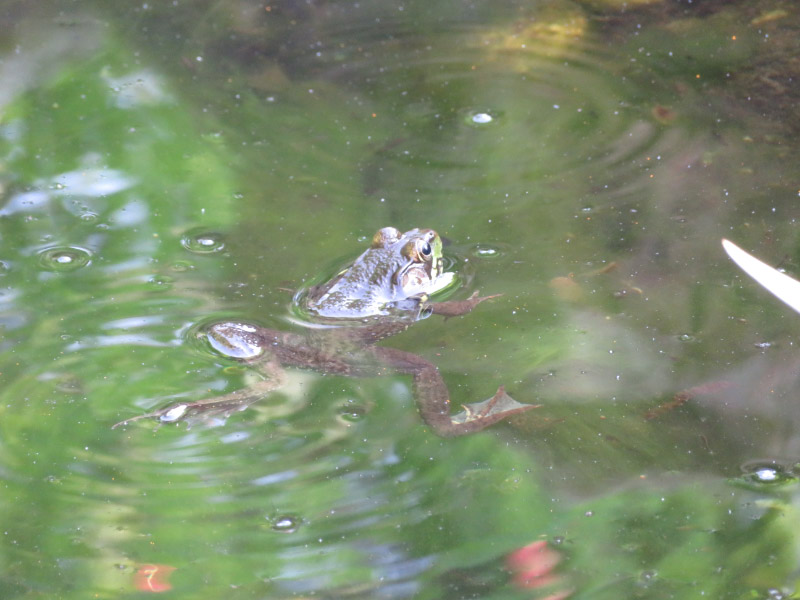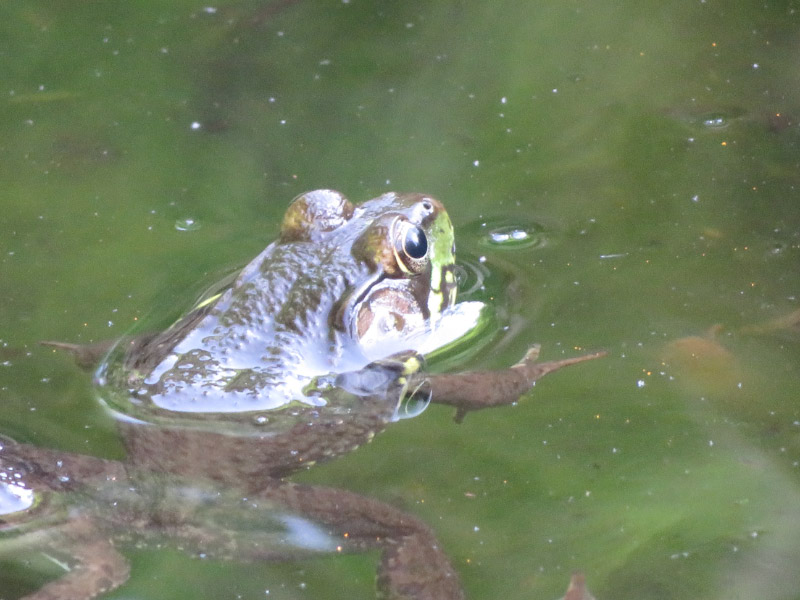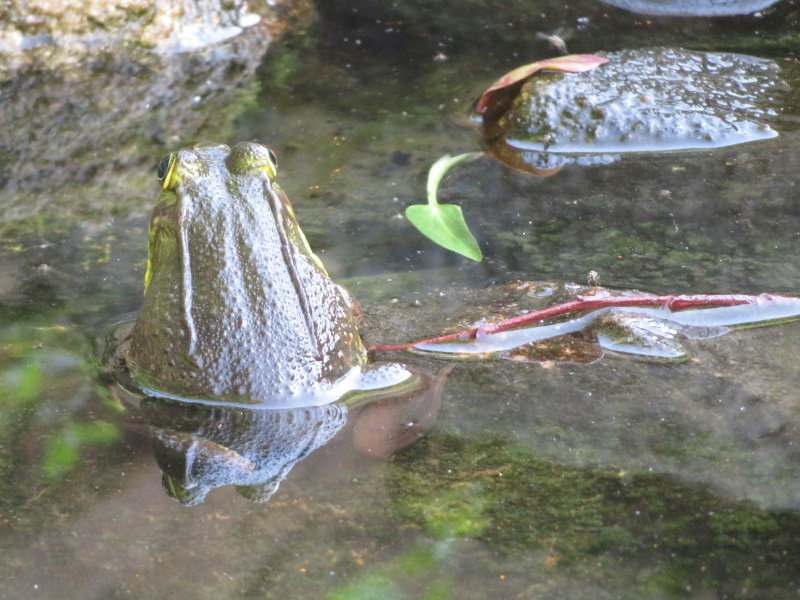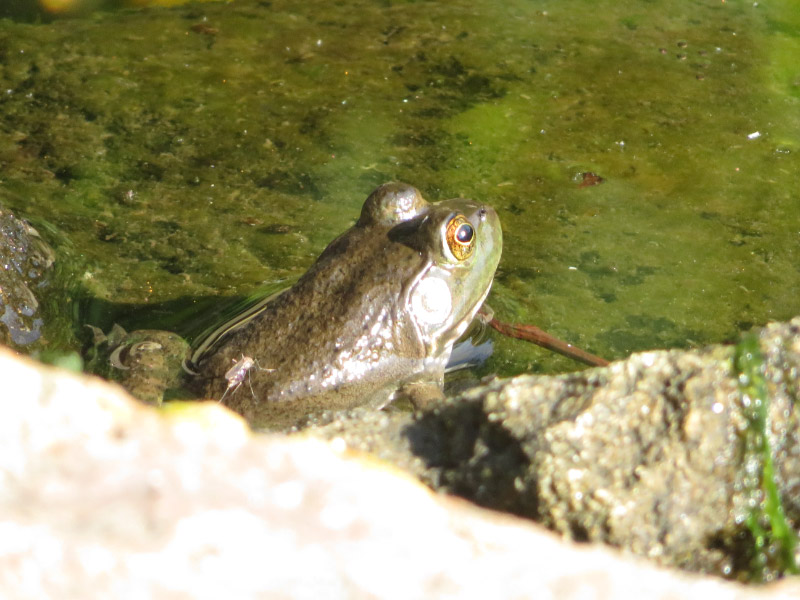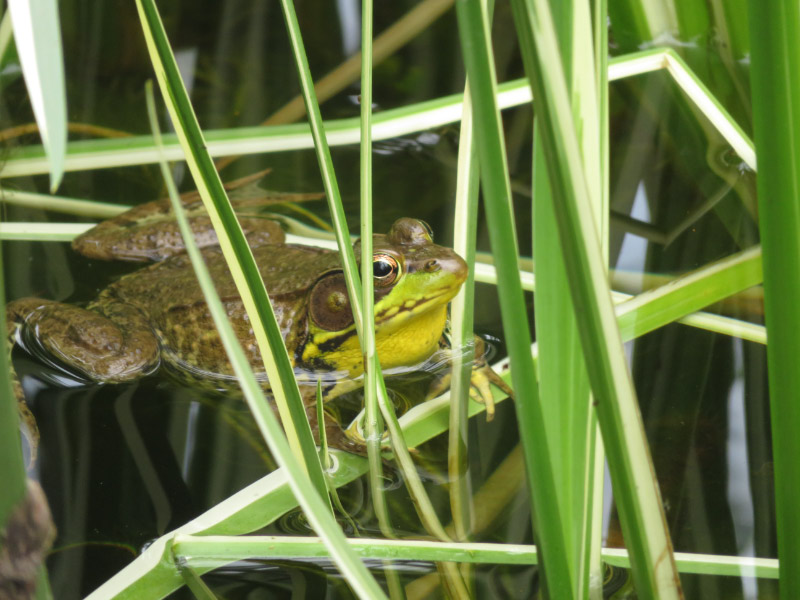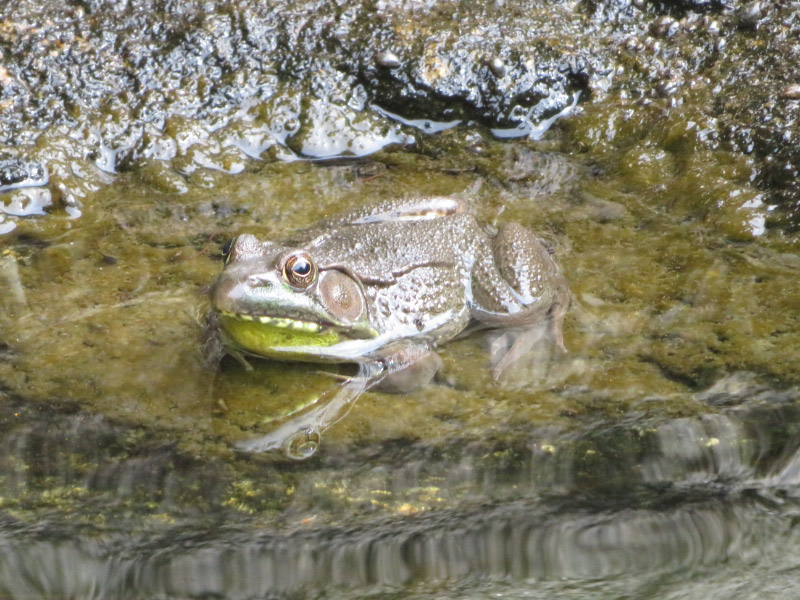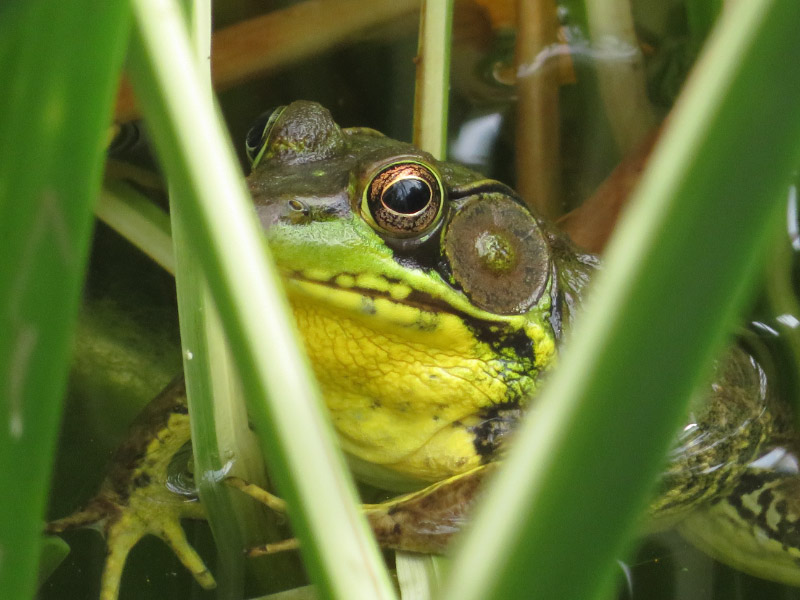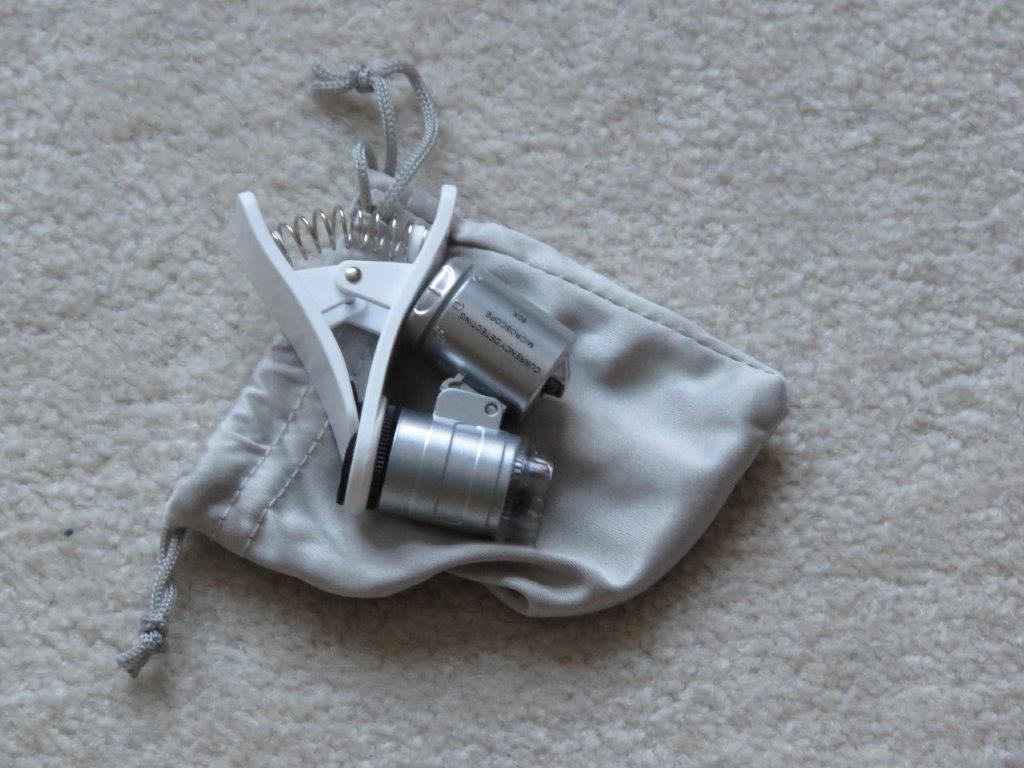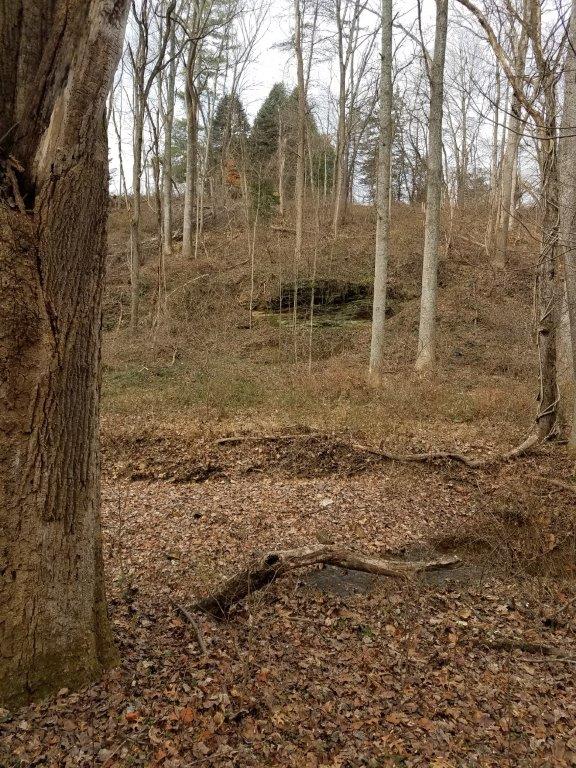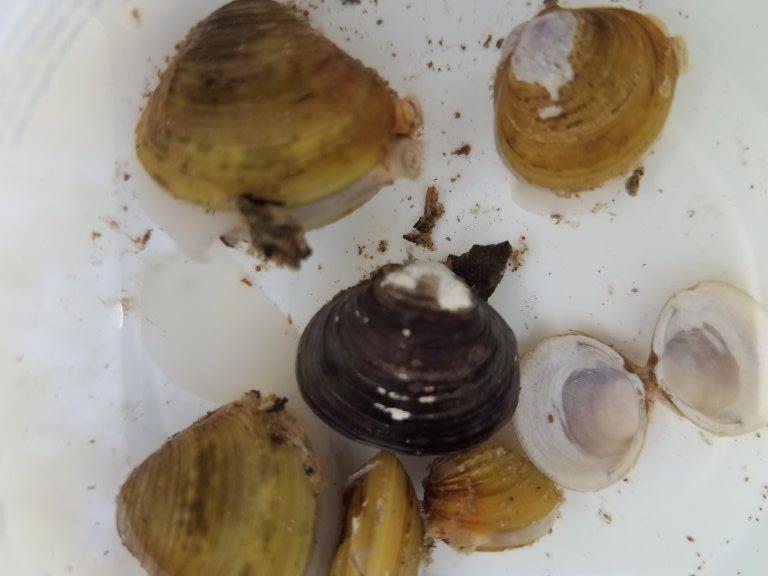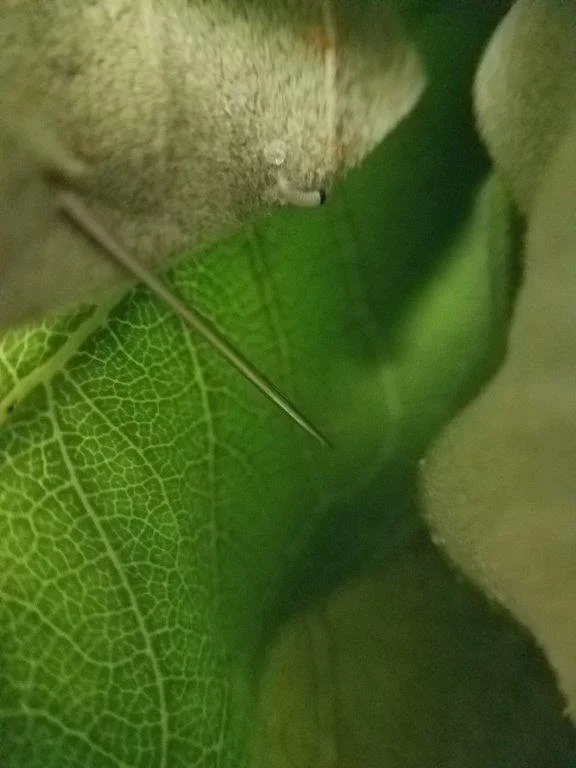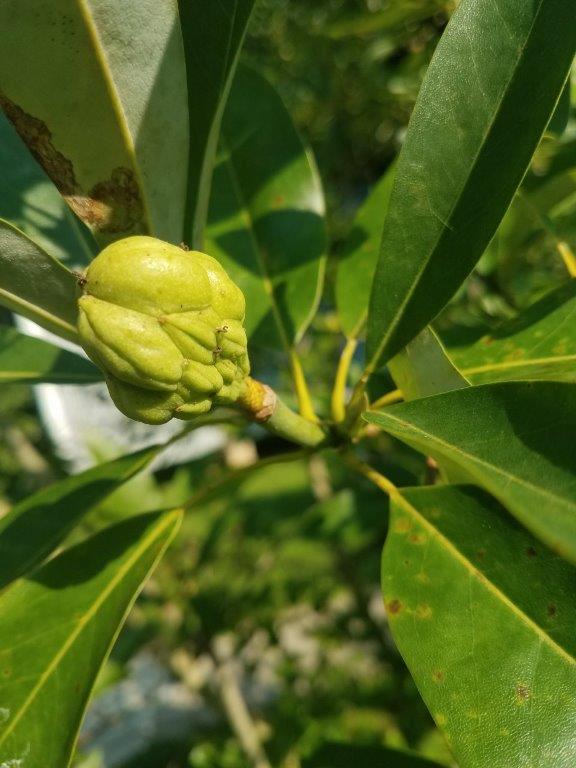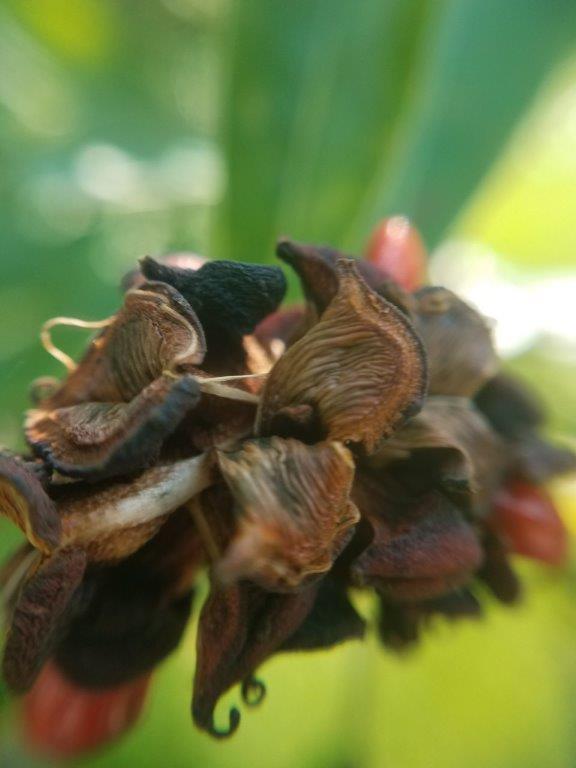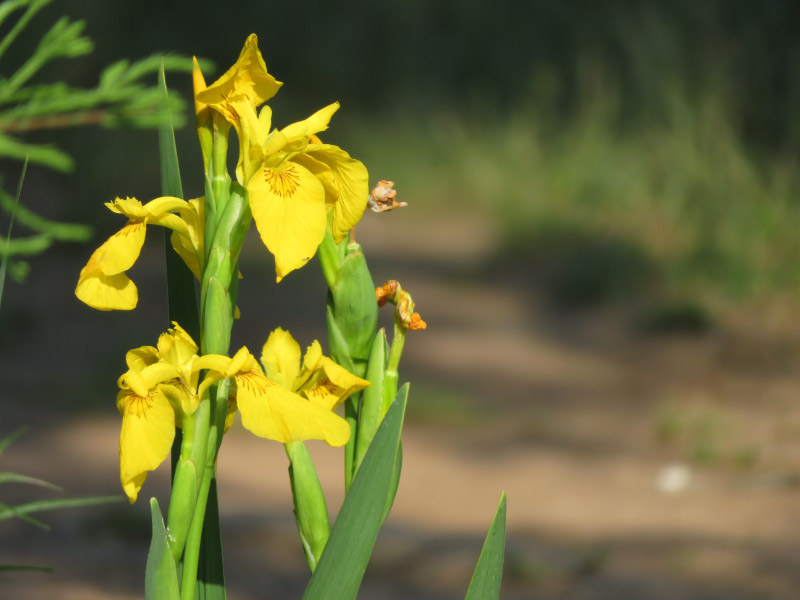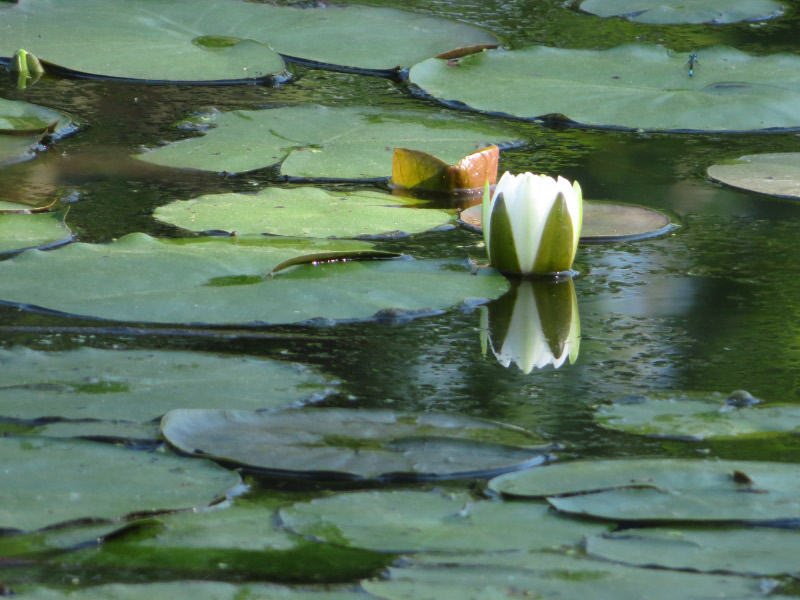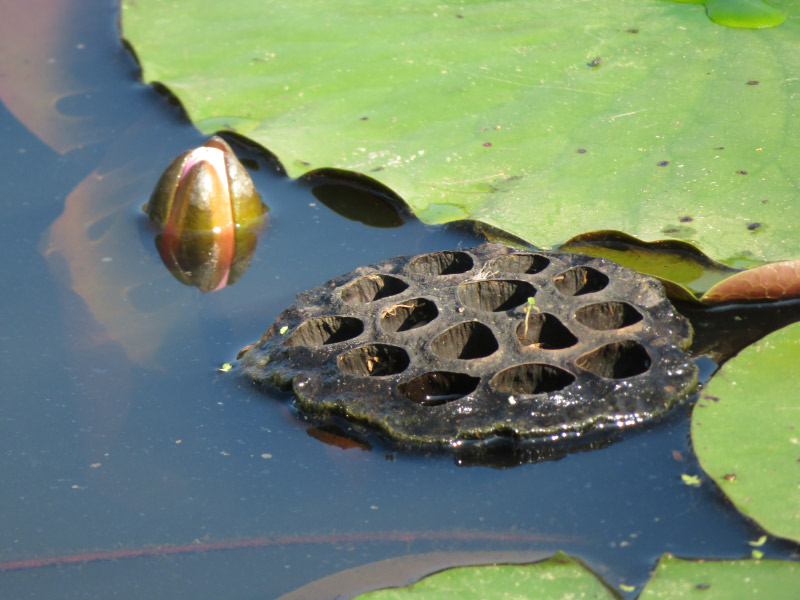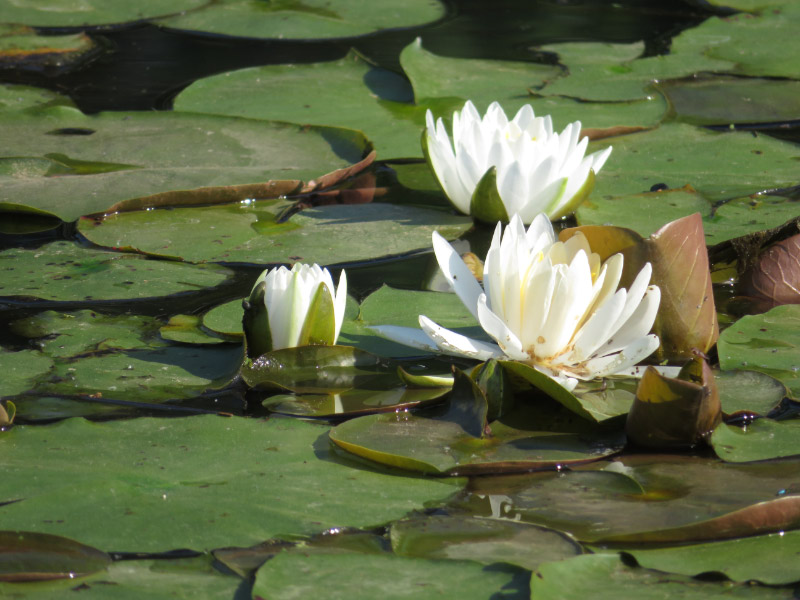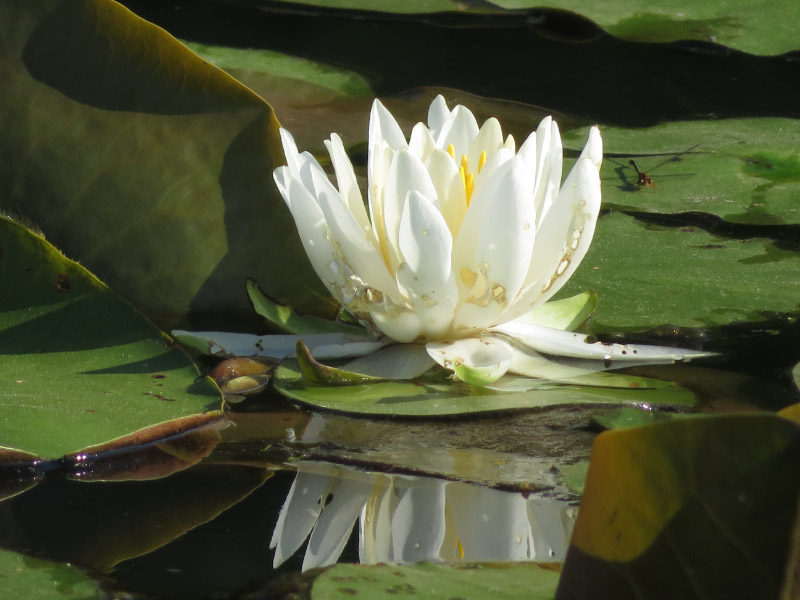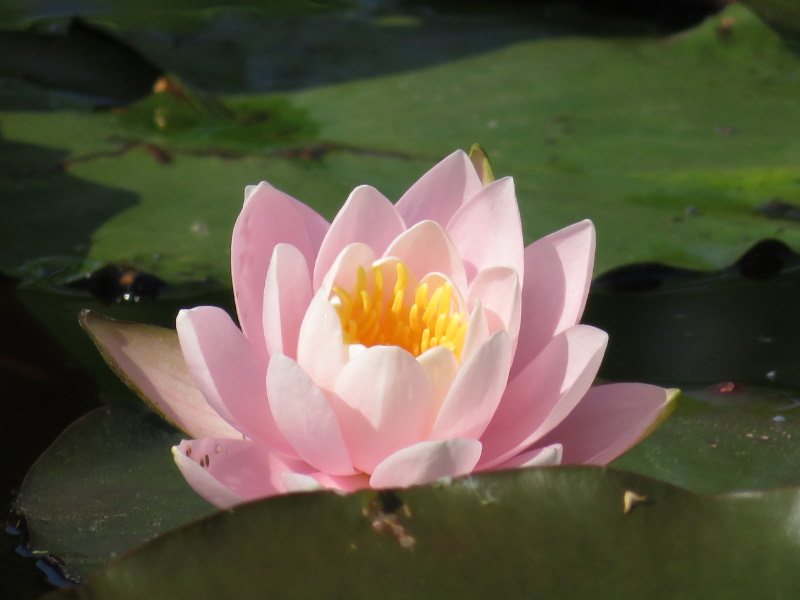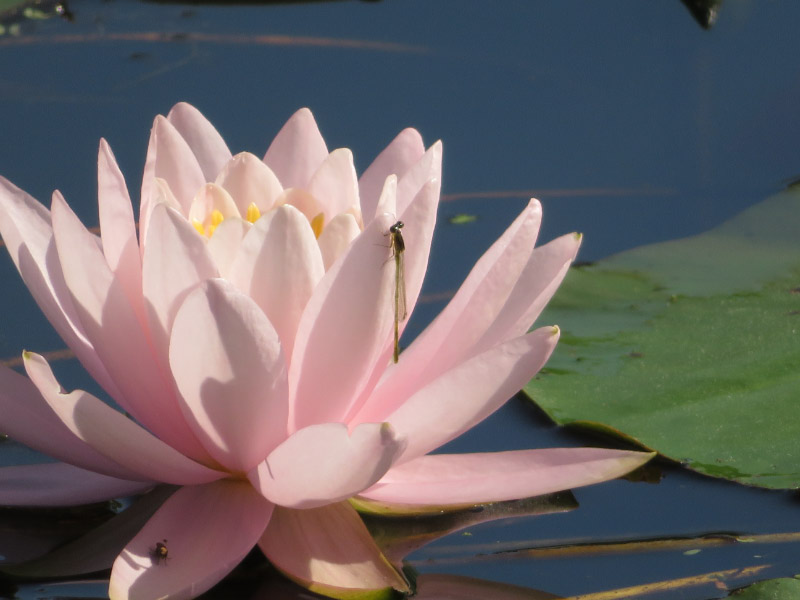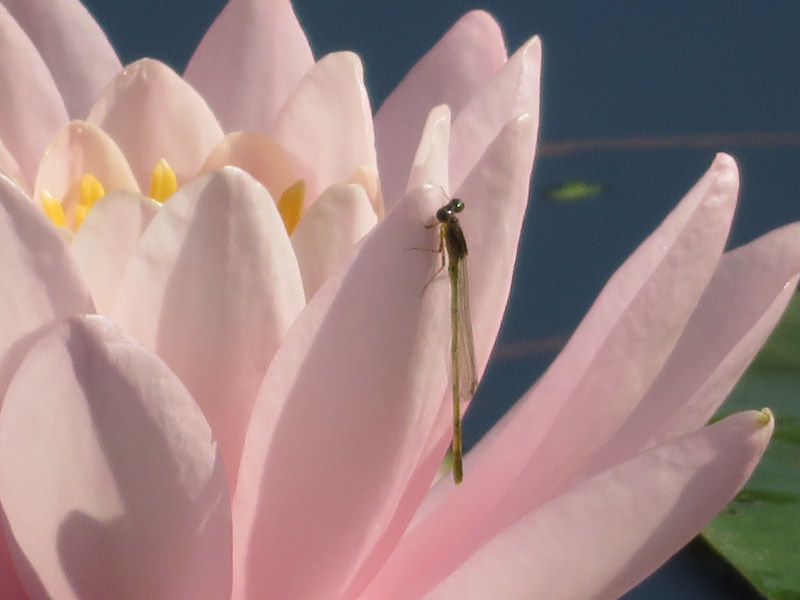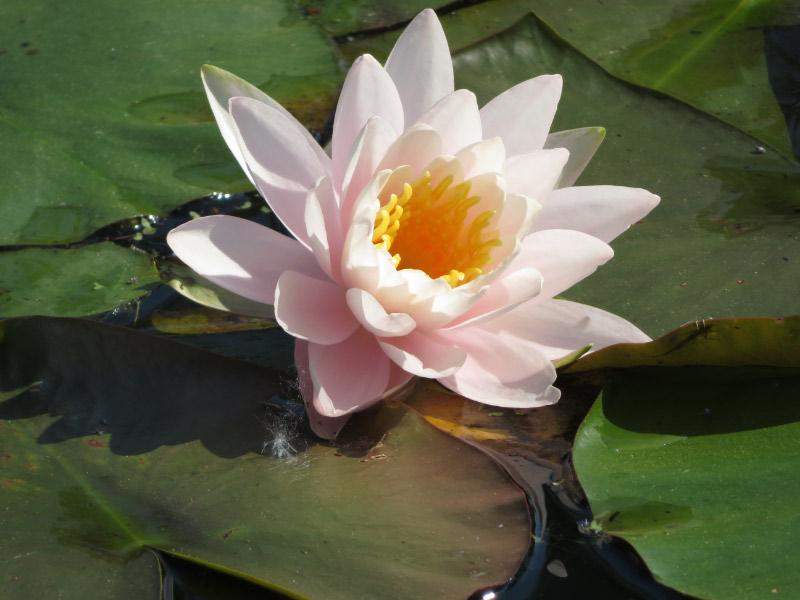Mt Pleasant Field Trips
/Schools didn’t end until June 21st in our area so the Howard County Conservancy spring field trips were still happening into mid-June! As usual, I volunteered for field trips at both Mt Pleasant and Belmont. Today I’ll share some pictures I gleaned from before the school buses arrive at Mt. Pleasant….tomorrow I’ll do the same for Belmont.
In late May – I noticed how lush everything was looking: the sweetbay magnolias, the blue flags, peonies, the new plantings around the flower pot people, and the trees along the gravel road toward Montjoy Barn.
By early June the flowers in the Honors Garden, like the columbines, were blooming.
But the big draw of the Honors Garden – for me and for the children on field trips – were the green frogs in the pool. I would talk to the students before we came near the garden about walking very quietly…not talking…as we approached the pool so that we would see frogs. And I challenged them to find more than 4 frogs (or however many had been seen with my previous group). One group claimed to see 7…but I only saw 6. The pictures in the slide slow below were taken over several mornings before the buses arrived. Green frogs sound a little like a rubber band being strummed. It was fun to share the sights and sounds of the frogs with my hiking groups!








